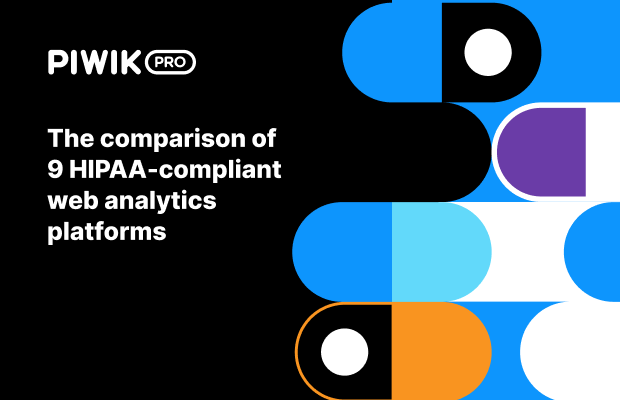The bounce rate, in web analytics, is the percentage of visitors who enter and leave a single page without any further action.
In Piwik PRO, you calculate the bounce rate by dividing the number of bounces by the number of sessions in a given period. However, if the visitor completes a set goal or completes a conversion, the bounce will not be counted, even though the visitor viewed only one page.
Bounce rate = (Bounces / Sessions) * 100%
Bounce
: a session during which a visitor views an entry page but doesn’t continue to another page view, goal conversion, or ecommerce conversion.
The bounce rate gives you information about the success of a single web page as a landing page. High bounce rates indicate the landing page might need some improvement. This metric helps verify whether the visitor’s intent was met when they came to the website via a search engine. It can also tell you if ad campaigns match the expectations created by the message on the landing page.
A high bounce rate can also be a good sign. For instance, visitors could find the phone number they were looking for on the first page and leave it immediately. In this case, the visitor would have achieved their goal, but the bounce rate for a group of such visitors would be 100%.
More about bounce rate on the Piwik PRO blog and help center:









